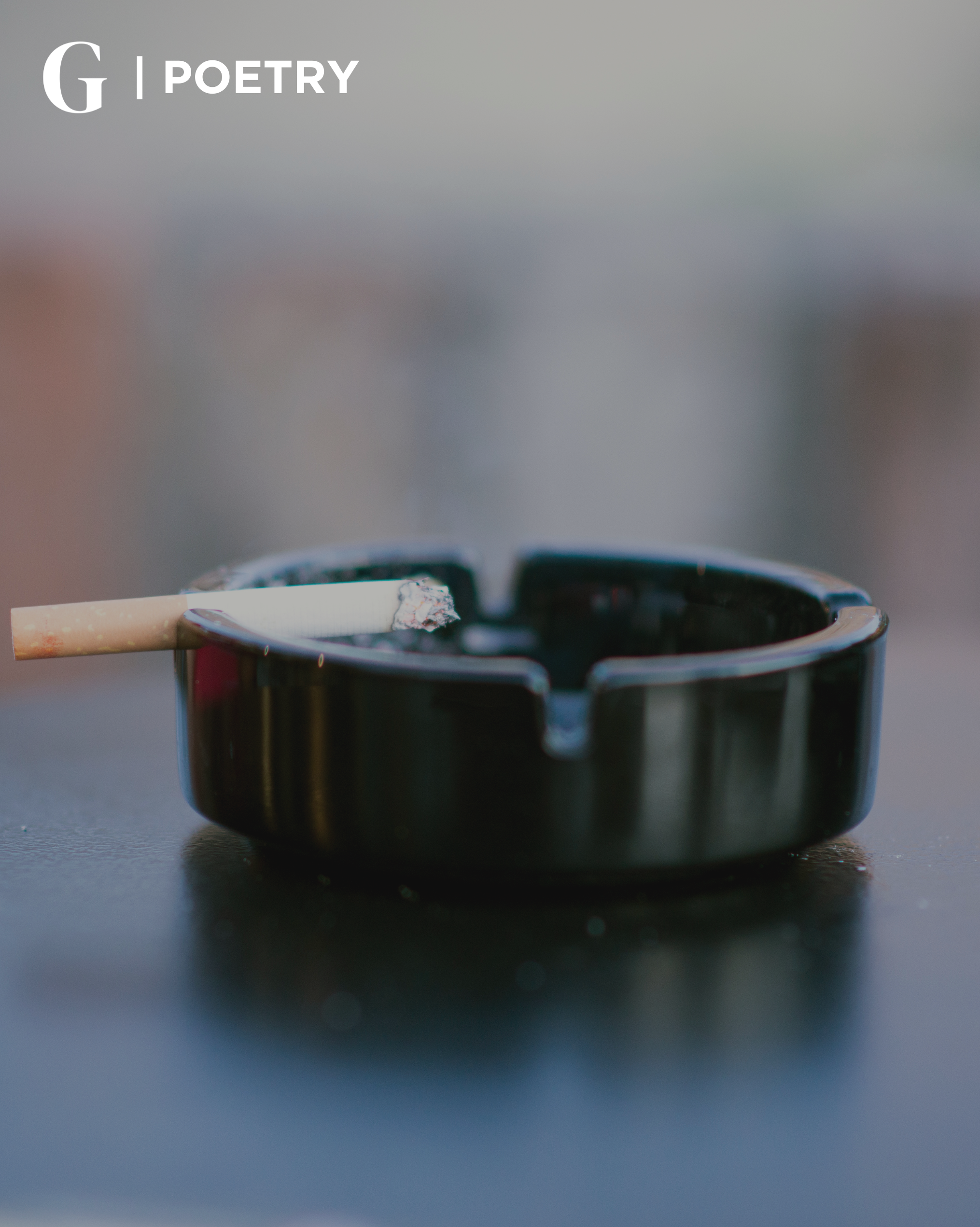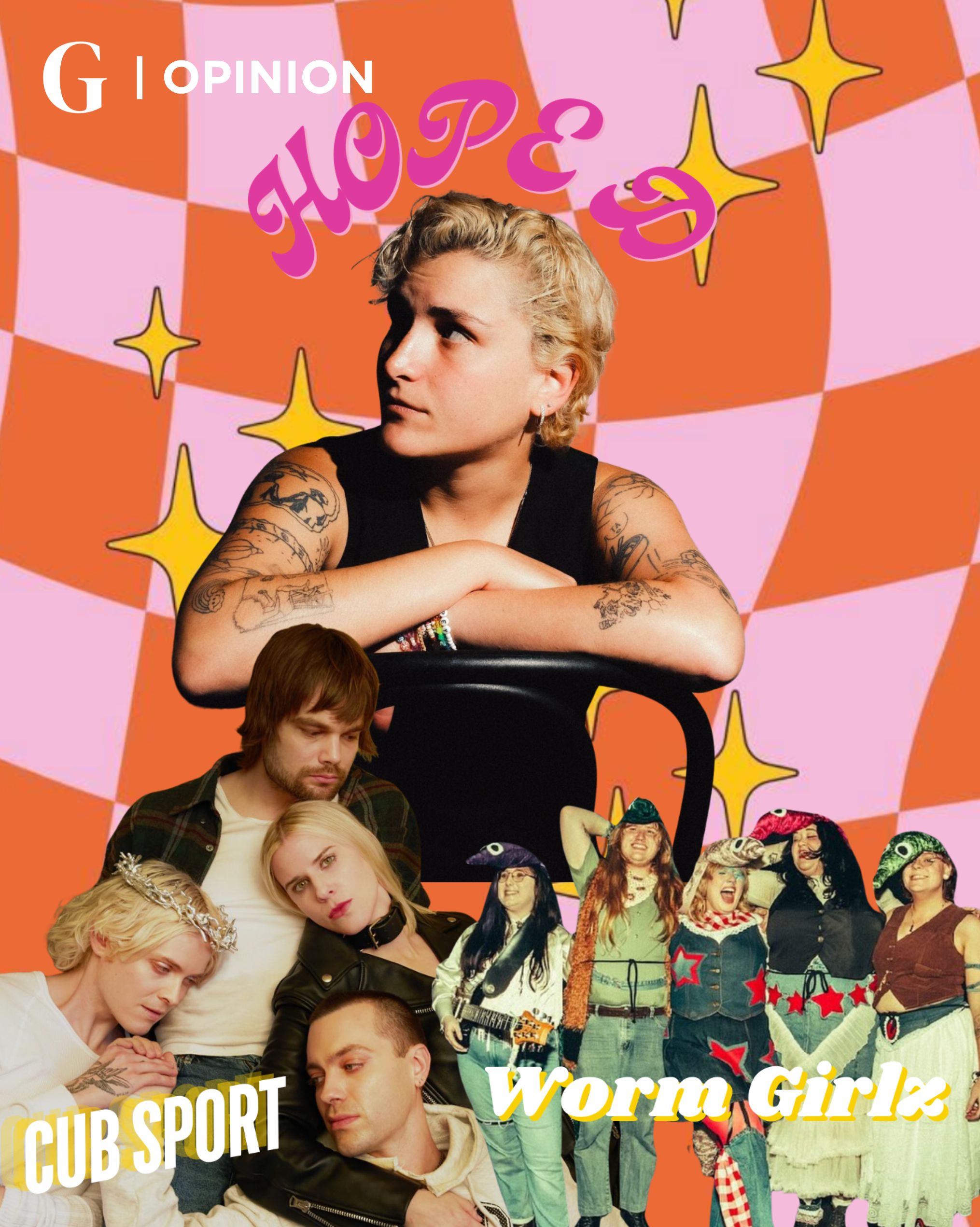Brisbane poet Huda the Goddess captures society’s struggle with masculinity more gracefully than most. “This poem is a dedication to all the men who have stood beside us and made sure their masculinity does not equate to our own incarceration and pain,” she says. “It is a reminder that masculinity does not have to equate to you eliminating your human emotions, which makes you the most dangerous thing you could ever be to women.”
Huda’s poem received a unanimous cheer from the colourful crowd at Brisbane’s No More rally on April 28. Masculinity is not inherently dangerous. Rather, advocates and experts alike suggest it can play an important role in preventing violence.

Toxic masculinity has become a catch-all term to name certain norms and behaviours that impact men and those around them. It reflects how our patriarchal history, power structures, and media systems have ingrained a link between masculinity and domination, aggression, rigid gender roles, homophobia, and control.
The Man Box, a 2024 report from Jesuit Social Services, measured the prevalence of these harmful beliefs and their tangible effects on Australian communities. Men who most strongly endorsed stereotypical masculine traits, including dominance, toughness and sexual prowess, were five times more likely to have perpetrated intimate partner violence than men who rejected these attitudes. Women were not the sole victims. Men who conformed with such norms were more likely to have experienced repeated thoughts of suicide or engaged in excessive drinking and gambling.
The problem has everything to do with the suppression of vulnerability and expression in boys’ socialisation, thinks 21-year-old student Lachlan Akhtarkhavari. “We aren’t able to show these qualities of love, compassion, kindness to others outwardly,” he says. He saw the drastic outcome of these suffocating pressures in high school, when he received a harrowing phone call from a close friend on the brink of suicide.
“I remember him calling me and crying and breaking down,” he says. “I had no idea that was happening. I think many men, and many women who have men in their lives, have had the exact same experiences where they have no idea that someone is struggling before they take their own life or start abusing people around them.”
The chronic impacts of unhealthy masculinity underline our cultural failings to promote positive gender models. Disinformation worsens our understandings of violence further and allows myths to prevail. A 2021 national survey of more than 19,000 respondents found that 41 per cent of Australians believed domestic violence is equally perpetrated by men and women. In actuality, three in four survivors of domestic violence (or 75 per cent) report a male perpetrator according to data from the Australian Institute of Health and Wellbeing.
Prevalent misconceptions, like this one, can downplay misogyny’s magnitude. Without an understanding of the context of violence, feminist messages fall on deaf ears, eliciting a defensive rather than supportive response. It opens a wound where misogyny can fester freely. Eli Nelson, 21, describes how online “echo chambers” can disperse sexist ideologies, especially among vulnerable social groups.
“It’s all just these lonely men finding places online where they feel like they’re finally not being vilified anymore,” he says. “It’s like, ‘oh man, I could be safe here’. So, then it’s easy to get radicalised there.0
“That kind of social acceptance – we just crave it like it’s crack.”

It’s crucial to stop the spread of such “rigid and hostile forms of masculinity”, says Prof Michael Flood, a Queensland University of Technology researcher specialising in violence prevention and gender justice. “We need to provide alternative compelling content and intervene among the boys and men at risk of being recruited into sexism and recruited into misogyny, whether online or elsewhere,” he says.
For Eli, his parents and teachers’ influence was instrumental in building his respect and confidence as a young man. He and his two brothers grew up with a “super patient”, supportive father, and were supplied healthy attitudes towards masculinity throughout their upbringing. “You really need to have positive male role models in the forefront of society,” he says. “If you have no positive male role models, you don’t really have much of a choice in how you turn out masculinity-wise, because you’re just going to replicate what you’ve seen.”
Education is another tool in helping young people challenge structural misogyny and opening conversations at an imperative developmental stage. Young Australians should be empowered to critically analyse gender norms and structures in supportive environments, Prof Flood says.
“We need school programs on respectful relationships education to build content on healthy masculinities, content about gender, power, masculinity, into their curriculum, so that that’s part of the conversations that boys and girls, young men, young women and others in schools are having,” he says.
Prevention strategies in schools have many promising outcomes for students but are of little aid to adults wishing to make change in the shorter term. In the meantime, experts encourage men to engage in positive personal behaviours and collective action.
Shaan Ross-Smith, director of the MATE program and former DV Connect board chair, extended her thanks to the men in attendance at the Brisbane rally and promoted their participation in the cause. “Your presence gives me hope that together, we can affect change,” she said. “Your privilege runs deeper than mine though, and you should shoulder this responsibility.”
Prof Flood suggests men’s allyship with women can look like reflection on their own experiences and socialisation and holding others to account. He says it includes understanding the “ugly” reality of gender-based violence, where men kill women at hugely disproportionate rates. Data from the Red Heart Memorial, a project by journalist Sherele Moody, shows that 41 of the 44 femicides that have occurred this year have been perpetrated by men. That’s a rate of 93 per cent.

What does allyship not look like? Dominating feminist conversations, adopting tokenistic activism or insisting women educate you with a “four-hour webinar”, Prof Flood says. It’s about avoiding a “white knight” rescuer role and recognising the benefits everyone can gain from gender equality and decreased violence, such as fulfilling interpersonal relationships and improved mental health. “Once we start to see our own stake in change and act as allies with women, rather than rescuers of women, we’re much more likely to make positive change,” he says.
Strong values of bravery, confidence and care equip many men to face this epidemic. Lachlan notes that “men are not evil”, rather healthy masculinity can disarm the unequal social powers and constructs that govern our genders.
“It’s come from a deeply patriarchal society where men are the ones who are constantly creating these cycles of violence between generations,” he says. “Men need to be at the forefront of this movement.”






